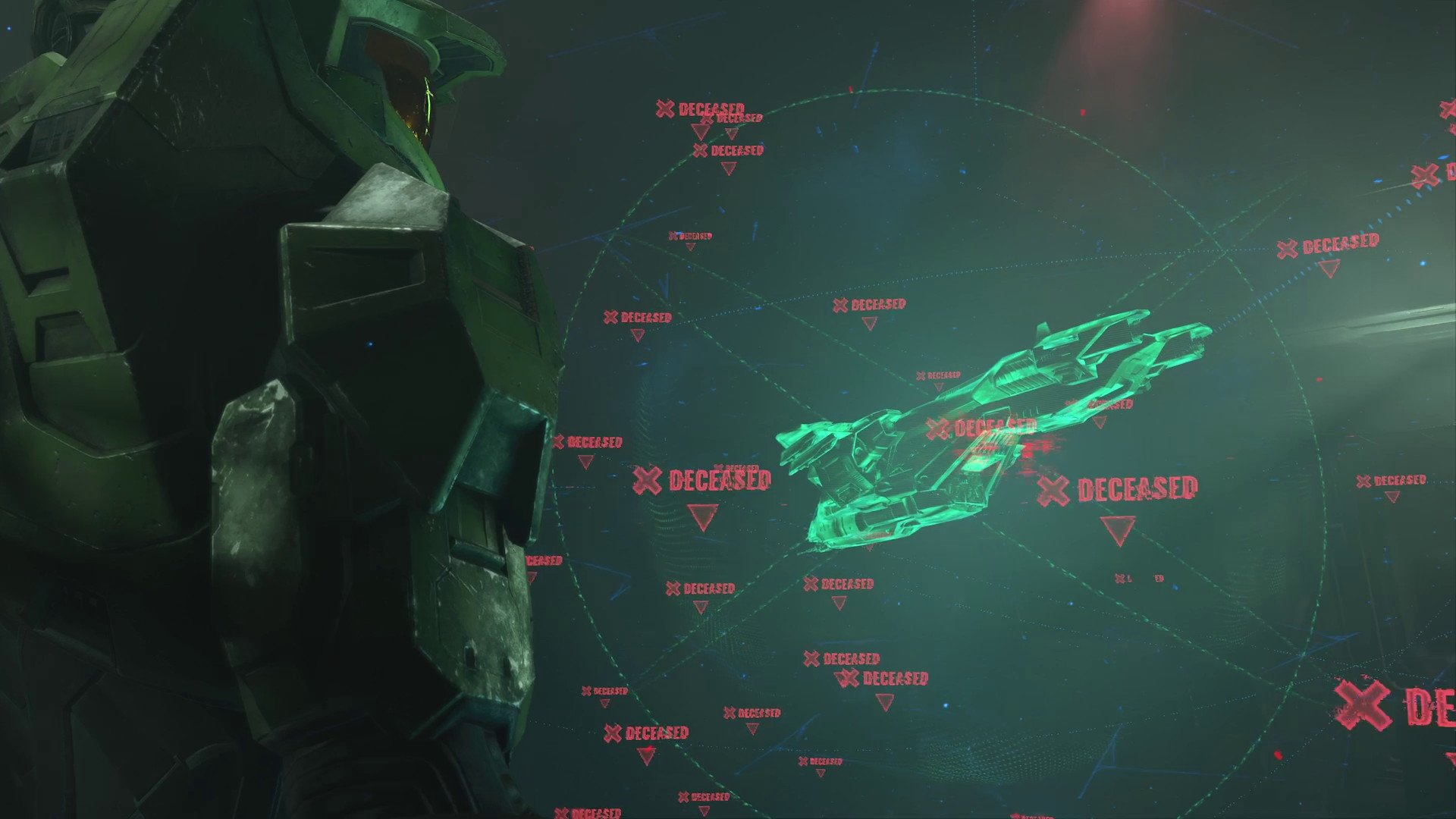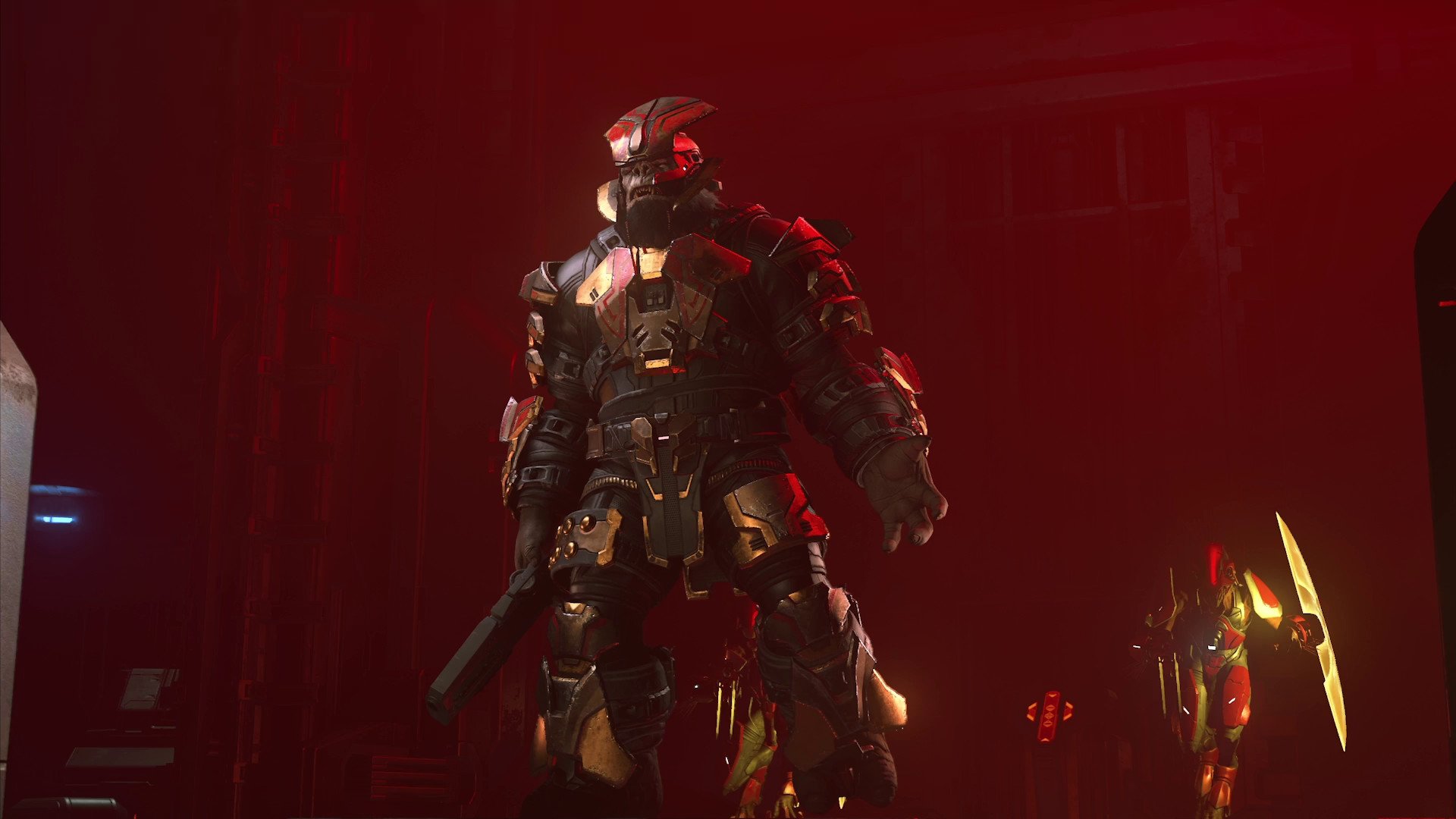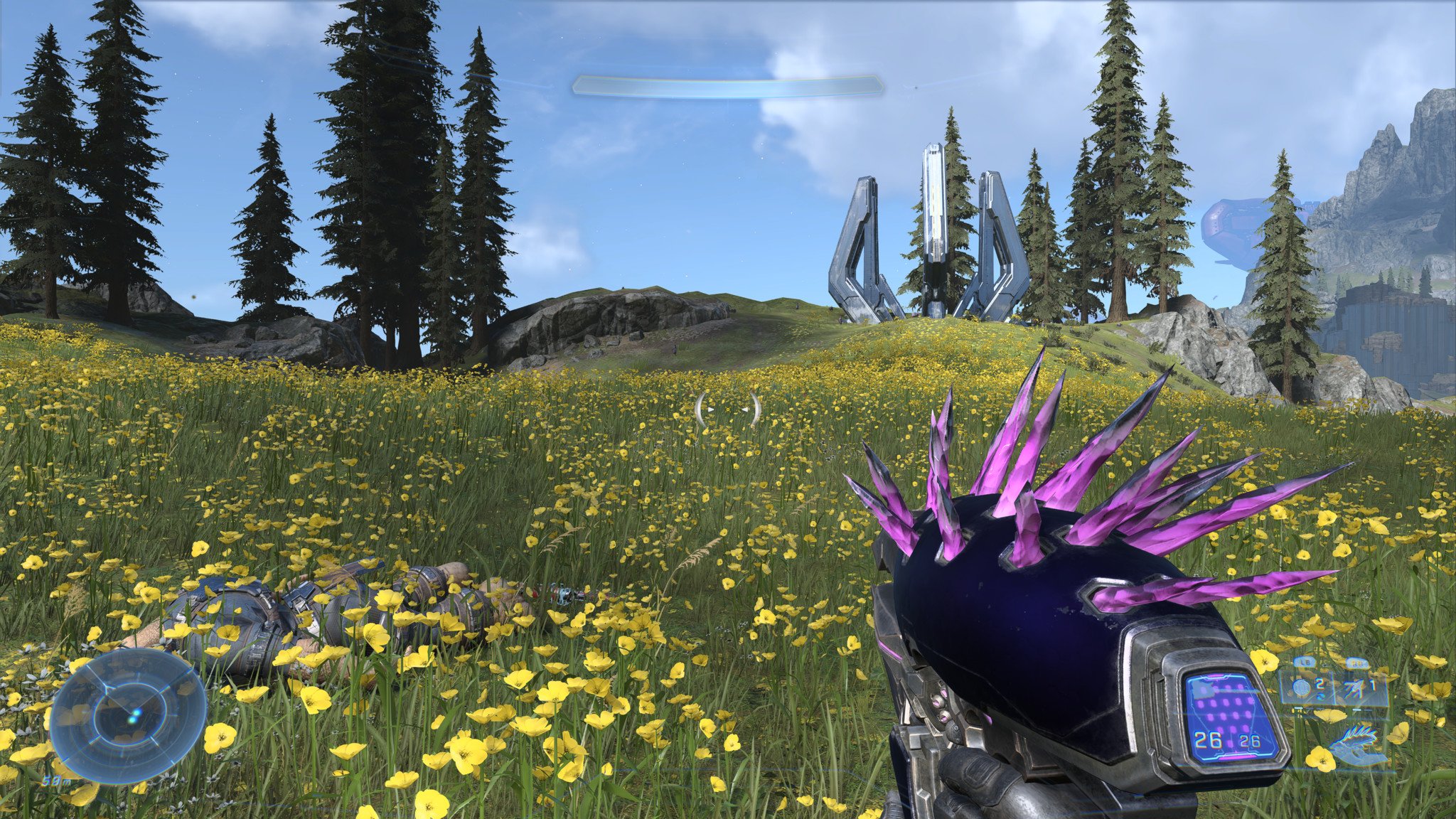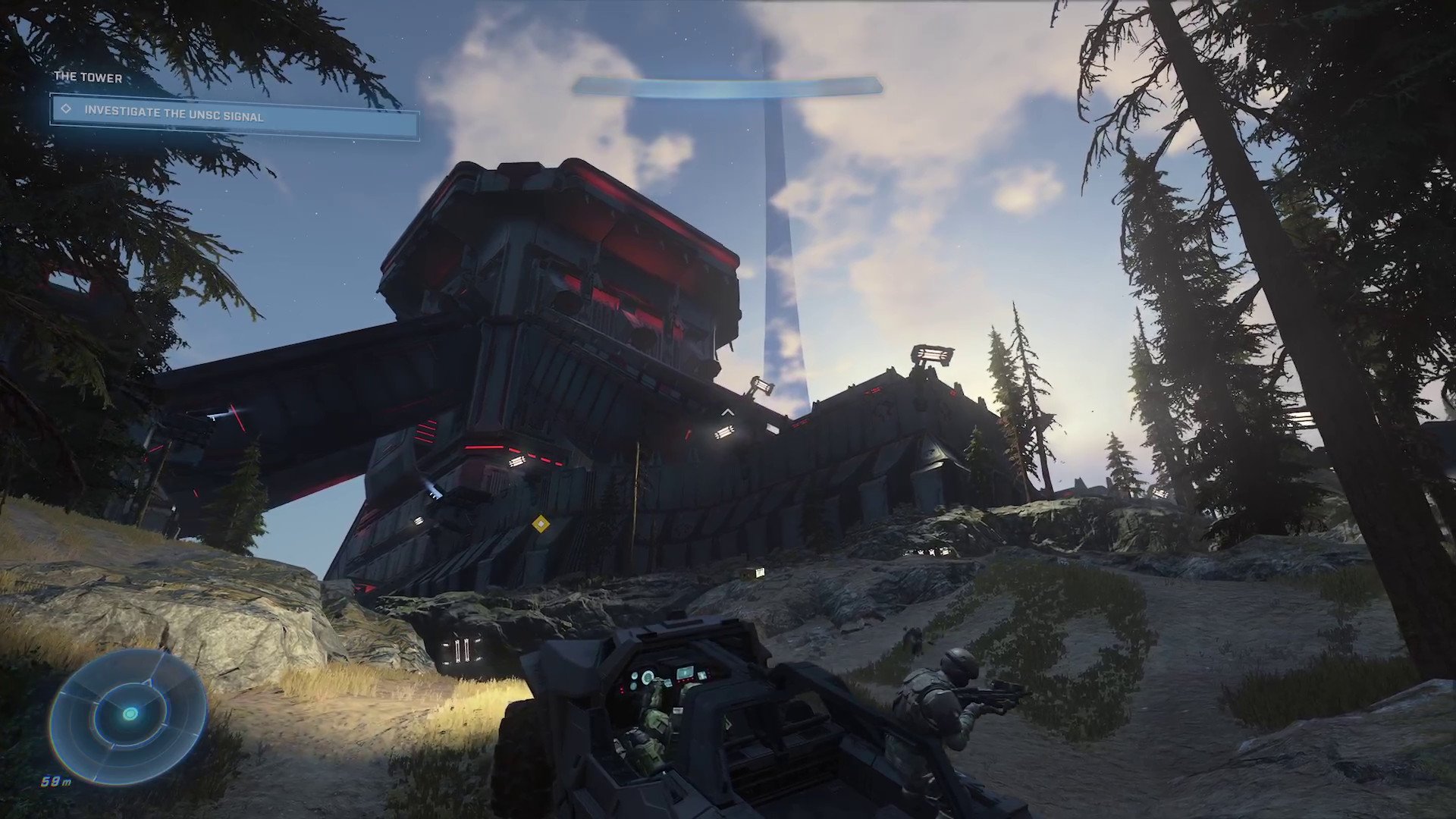Halo Infinite campaign preview: With the weight of the Xbox brand on its shoulders, can 343 Industries rise up?
An insurmountable challenge.
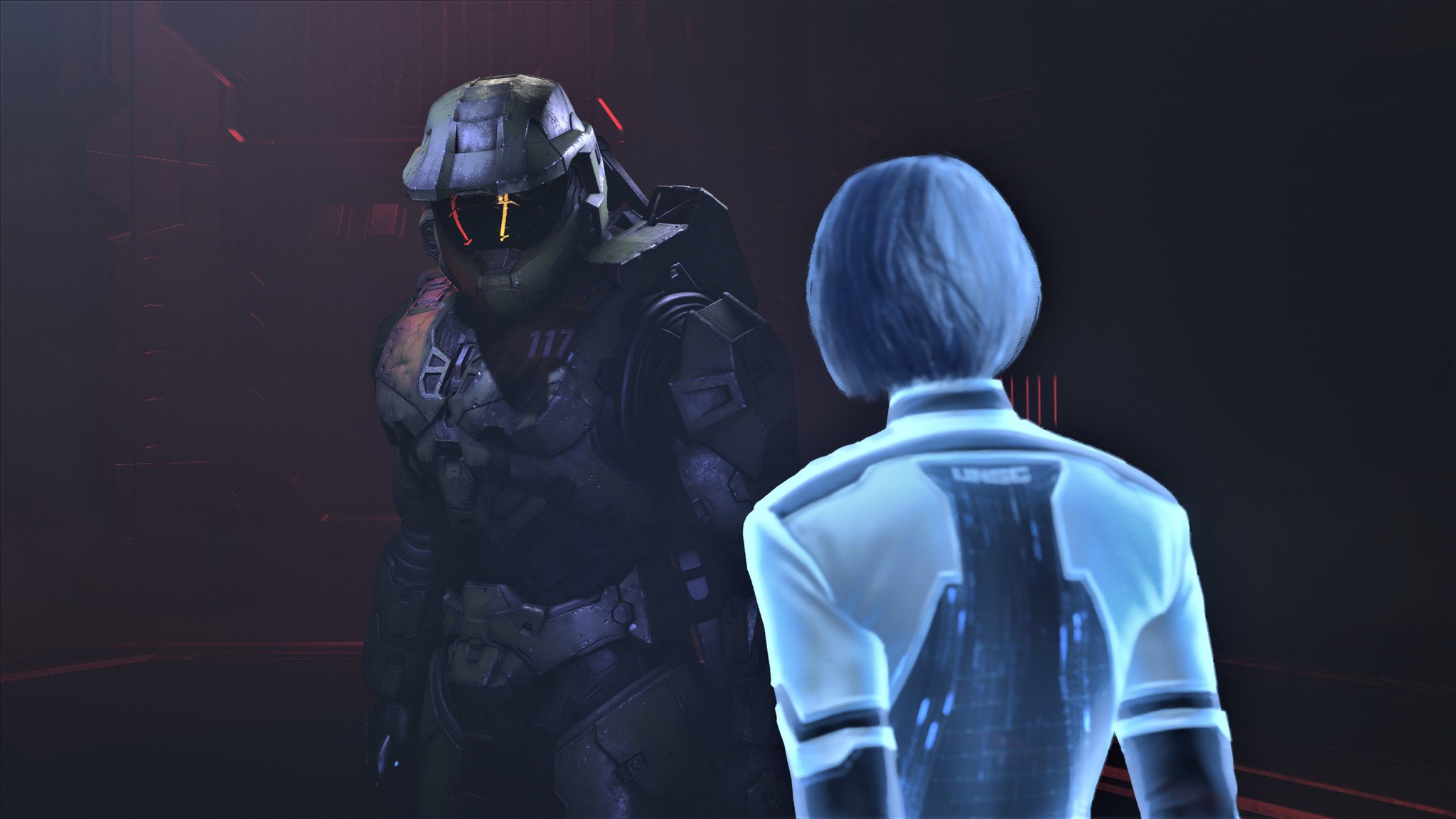
While the pandemic took its toll on the entire industry, 343 Industries has carried a uniquely demanding burden. It was not only tasked with reinvigorating one of the industry's most beloved and long-lived franchises, but in some ways, it carries the entirety of the Xbox brand on its shoulders.
In 2013, Microsoft torpedoed the entire brand with its Xbox One vision, alienating gamers from across the spectrum. Not only that, but Halo 5 launched to mixed reviews, with a forgettable story that betrayed expectations in all the wrong ways. Even now, Halo fans lament the loss of Bungie, who are now building Destiny.
Since then, Microsoft has been hard at work restoring faith in Xbox itself. Microsoft solved the value proposition, the hardware criticisms, and restored faith in the vision. In some ways, one missing piece remains: execution. Nothing quite symbolizes Xbox than Halo itself, which could be considered the platform's central mascot — the emotional characterization of the brand that puts a face to the catalog of services and experiences that represent Xbox.
It's with this in mind that I recently previewed the introduction to Halo Infinite across the first few hours on Xbox Series X. Therein lies Halo Infinite's central challenge: Can it appeal to the game's hardcore fanbase while navigating expectations of modern gamers, many of whom have grown up in a world where Halo is no longer considered the epitome of FPS combat? The final verdict will come in our full review in December when Halo Infinite properly launches, but in my brief glimpse this week, I have to say that 343 Industries has won my optimism.
Halo Infinite may resolve one of the biggest crises to hit Xbox in recent years: doubt over its ability to deliver top flight AAA story-driven experiences.
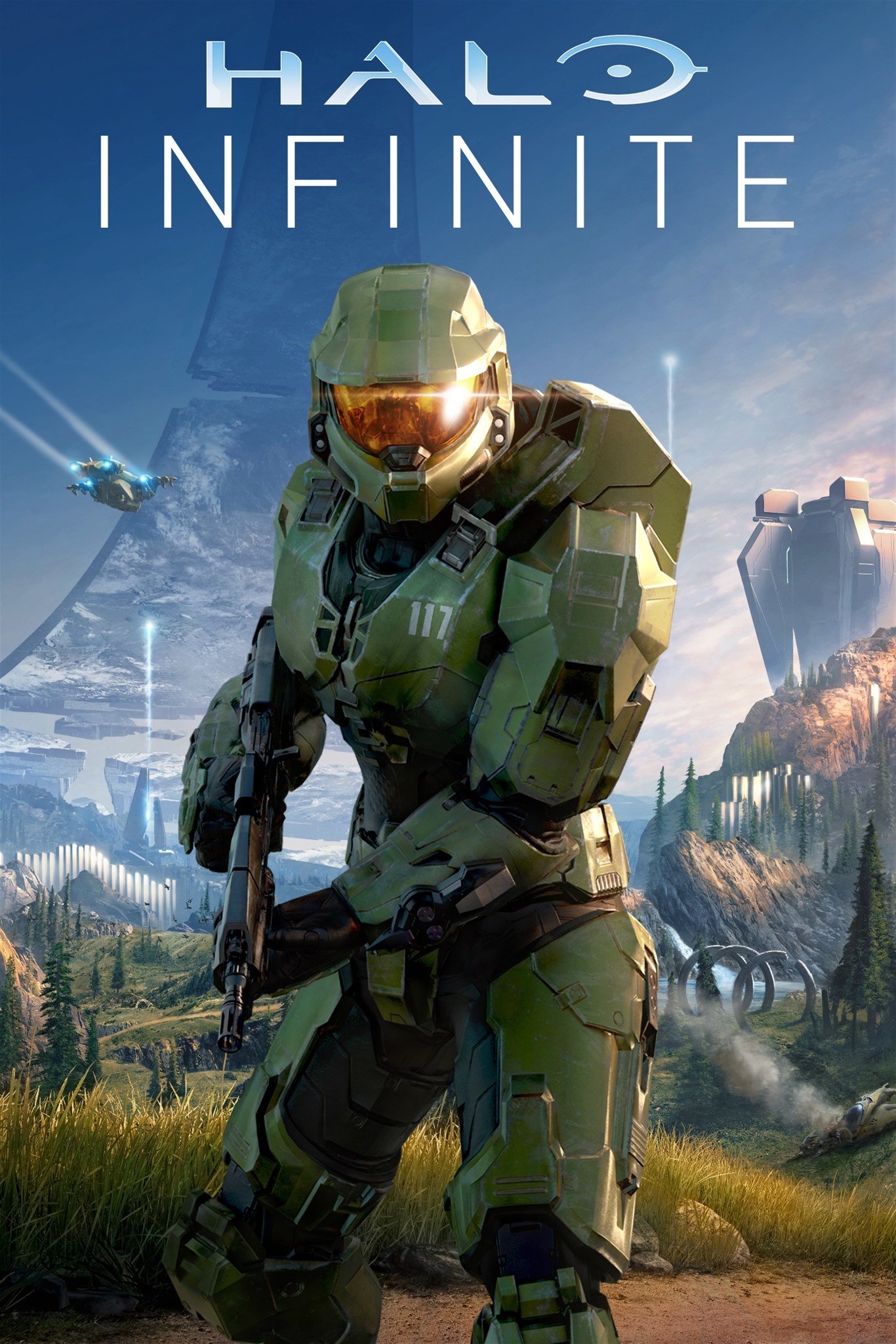
Halo is back
Halo Infinite is the next chapter in this legendary first-person shooter franchise, and it sees epic multiplayer return alongside another Master Chief adventure. The campaign sees Master Chief going to Zeta Halo to destroy the remaining Banished, but will he succeed?
Halo Infinite's unique challenges

Halo Infinite has the unenviable burden of meeting established fan expectations while modernizing the franchise for new audiences. I am somewhat in between, skirting the boundary as a casual Halo fan who has experienced most of the mainline games, while also being a lapsed fan who lost interest in the franchise somewhere between Halo 4 and 5. Microsoft and 343 Industries have to reconnect fans like myself, while also satisfying the craving of its hardcore players, while also bringing in a new generation of younger gamers whose first shooter may well have been Fortnite.
To that end, Halo Infinite is something of a soft reboot. It doesn't throw away established lore by any means. In fact, it takes place right after Halo Wars 2, and still calls back to events it expects players to know from previous titles. That being said, it's clear that Halo Infinite takes inspiration from its 20-year-old predecessor, Halo: Combat Evolved, which starts off in a similar fashion.
All the latest news, reviews, and guides for Windows and Xbox diehards.
For those who haven't played Halo Wars 2 (which will likely be the vast majority of Halo Infinite players), the experience will somewhat mimic the original Halo. The war has already begun, you're thrown right into the middle with little broader context, but learn more gradually as you encounter characters and explore the larger world. Much like the player, Master Chief has been absent for the past few years, unaware of the full scale of the Banished encroachment, and must learn across the course of the game what's been going on.
Halo Infinite also had another unique challenge. There was a year-long delay after a noteworthy backlash to the quality of the game's vertical slice, which dropped last summer right in the middle of the evolving COVID pandemic. 343 Industries, I am told, was uniquely impacted by COVID as a massive studio not set up for remote work. Microsoft took a very "safety first" approach to the pandemic, closing its offices for months, which restricted its developers' abilities to collaborate during a very crucial development period. Delaying the game must have been politically painful within Microsoft, considering it was supposed to launch alongside the next-gen Xbox Series X and S.
Truth be told, I couldn't be more glad that Halo Infinite did get delayed, because even this brief glimpse has been phenomenal.
Rooted in tradition
Our protagonist Master Chief is a stoic guardian of humanity, a Spartan supersoldier of the UNSC in a distant future where humanity battles for survival against various alien threats. With the zealous Covenant was all but destroyed in earlier games, the remnants of that billions-strong army have reformed into the fearsome Banished, led by the restlessly violent Jiralhanae "Brutes."
I couldn't be more glad that Halo Infinite did get delayed, because even this brief glimpse has been phenomenal.
Halo Infinite takes place on Zeta Halo, otherwise known as Installation 07. The Halo rings were designed over a 100,000 years ago as military installations by a race known as the Forerunners. When activated, the Halo rings became weapons, built to eradicate the parasitic Flood species in a last-ditch attempt to contain their spread. Master Chief, or John-117, prevented the Halo rings from firing in previous games, managing to contain the Flood without destroying the galaxy. Despite that, many Halo rings still exist, and it's there where we take the fight to the Banished, who are attempting to rebuild and recuperate their forces after a hard-won victory against the human UNSC.
Master Chief is recovered from space by one of the few remaining survivors of the battle with the Banished. Ever dutiful, Master Chief once again resolves to eradicate the latest threat to humanity, and uncover the mystery of their dark machinations.
As fans know, Master Chief is a man of few words, complete with a hidden face. Despite this apparent lack of communication, Master Chief's demeanor is one of war-weariness, with shades of frustration and mistrust accenting his interactions with characters right from the beginning. His armor is battered from years of endless war, and despite the dents, his peerless stoicism carves through the suffering. Therein lies some of the game's central themes.
Much like the franchise itself, much of what I've seen in Halo Infinite so far is worn down. Zeta Halo is half destroyed and shredded in two. The UNSC is scattered and broken, the skeletons of its ships dismantled and scavenged for parts by The Banished. Indeed, The Banished themselves come across as desperate, showing dimensions rarely afforded to video game antagonists. Escharum leads the remnants of the Covenant forces, but he is older and tired. He shows a genuine fondness for his comrades, which cuts through the blood lust we've come to expect of the Brutes. I have no idea what The Banished's end game is, but I suspect it'll cast off typical cliches video game writing has become known for. In one audio log I found, an un-named Brute laments for his homeworld, echoing the sentiments of the human heroes.
Halo Infinite thus far has shown unexpected depth and humanity, despite the brevity of Master Chief's dialogue. The villains are multi-dimensional and intriguing, commanding your attention each and every time they appear onscreen. Zeta Halo is a character unto itself, with dramatic vistas washed in oceans of colorful foliage, swept under gorgeous clouds that cast dynamic shadows over the battlefield. Scattered UNSC forces exchange gunfire with Banished warriors across what feels like impossible draw distances, without even the vaguest hint of performance degradation. This is one of the most screenshot-worthy games I've ever played.
I find myself entranced by Halo Infinite's story direction alone, but it certainly helps that the 343 Industries has utterly nailed the gameplay, too.
Building an infinite gameplay canvas
I've never been a particularly huge fan of Halo's campaign gameplay, especially compard to other great shooters. As a kid coming in from DOOM, Quake, and Unreal Tournament, I always felt like Halo's combat was missing the sense of impact explosive giblets afford games with an 18-rating. I also struggled to connect with the story somewhat, especially in some of the game's later chapters, as many plot details emerged in books that I wasn't willing to read. It's with some sense of relief then that Halo Infinite is something of a soft reboot, modernizing some areas while getting back to their roots in others. Halo Infinite's first few hours forge a cohesive whole that feels definitively fresh, and also remains uniquely Halo.
Every weapon in Halo Infinite feels so intricately balanced and delicately precise.
Much has been said about Halo Infinite's shift to an open world, but it doesn't seem to be your typical "open world" game either. The best way to describe Halo Infinite can ironically be found in the first Halo game. Imagine the path you cut through on the original Halo ring, moving across the terrain, driving between locations, getting involved in optional firefights between UNSC and Covenant forces, exploring the depths of the Forerunner structures. This is Halo Infinite. The only difference is that the experience takes place inside a continuous world, and those optional objectives are now viewable on a tactical world map and are also more abundant.
To be honest, after coming in with some degree of open-world exhaustion, I emerged onto Zeta Halo with a sense of dread. The last thing I want to play right now is another Ubisoft-style open world with forced grinding, outpost farming, and arbitrary restrictions on where you can travel and when you can travel to them. Halo Infinite doesn't seem to be like that. If you so desire, you can play it exactly as you played Halo CE or Halo 2, utterly linearly, with what seems to be a decent variety of exterior and interior locales.
Sure, there are high-value targets you can take out that unlock unique weapon variants, lore-rich audio logs to uncover, and suit upgrades to can unlock for a greater tactical edge. The developers liberate the player by making these entirely optional, though.
No mission in the campaign has a recommended level that requires specific gear or unlocks to complete them. And no mission has any form of gating beyond the progression of the story itself. I can't thank 343 Industries enough for resisting the allure of arbitrary engagement by forcing the player into busywork to continue playing. Players should want to complete optional content because the game is fun, and thankfully for Halo Infinite, it bloody well is fun.
I mentioned in the opening my shallow preference for violent shooters. It's not just virtual blood lust, I feel like teen-rated shooters often lack the sense of impact gore brings to a game. If my sniper shots explode an enemy's head, that feels far more interactive and dynamic than having them just flop down dead. Shooters should be a canvas for creative destruction. It's a boon then, that Halo Infinite manages to deliver gunplay dynamism effectively without upsetting Halo's target rating.
Halo Infinite's physics and system-level interactions are some of the best I've seen in a game. How do you make an open world feel alive without NPC cities filled with scripted interactions and mini-quests? Apparently, you do it with thousands of lines of combat dialogue, or "barks" as they're called in the industry. I think Halo Infinite has more enemy dialogue than any other game I've played. Sneaking up on random enemies, you'll hear them converse about their situation, adding context and believability to the colorful world.
Even in the heat of combat, they'll refer to the player's behavior. There's more typical stuff like "he's reloading!" and "his shields are down!" And then there are things I didn't expect at all. I tried to run over a shielded heavy Brute with a car, only for him to punch my vehicle away and proclaim "hah, you really think that's going to work?" Enemies seem persistently aware of everything you're doing, to the point that it's almost scary at times. Upon occasion, I've let enemies live for an extra few seconds just to let them finish off their angry speeches.
Then, there's the physics and gunplay in general. Every weapon in Halo Infinite feels so intricately balanced and precise. A huge variety of gritty Banished weaponry awaits, heavy on spikes and jagged in form. UNSC weapons, on the other hand, are familiar to Earthlings, albeit futuristic and high-tech. There are also new hardlight weapons fresh from the forges of the Halo rings themselves. The map is also dotted with unique variants of existing weapons, incentivizing exploration.
I mentioned earlier that Halo Infinite resists the trending open world format with soft exploration in a wide-open space. You can explore if you so desire, but it doesn't feel like Halo Infinite is going to arbitrarily gate you to "destroy five outposts" until you can progress. It remains to be seen how well the format will work long term, but my dread certainly seems as though it has been misplaced.
Finding the missing piece of the Xbox puzzle

There are certainly plenty of questions I still want answered by Halo Infinite. What exactly happened between Halo 5 and Halo Infinite? What happened between Atriox and Master Chief? What do The Banished even want with Zeta Halo? How exactly will Halo Infinite function as a "service" type game? I suspect hardcore Halo fans will have even more questions revolving around the deeper lore implications of the story too, particularly so if you played Halo Wars 2.
I'm eager to learn about 343 Industries as part of an Xbox will Microsoft's full backing, with Halo Infinite as the first step.
I realized while playing it what has been absent from the Xbox platform for so long, and that's the ability to rely on first-party studios to deliver high-quality franchises consistently; stories that can actually make me care about the universe, and its characters. For a long time, that simply hasn't been Halo, due to Microsoft's mismanagement of Xbox perhaps, and by extension, 343 Industries itself.
What is clear from Halo Infinite is that the franchise does seem to be in good hands, although it sounds as though the development of the game has been a rough ride directionally, made multiplicatively more difficult thanks to COVID. Halo Infinite has a lot to prove to win over fans who felt slighted by Halo 5's directional shift, particularly so if it plans to be a game that spans across years of updates and new campaigns over time, as the rumors suggest.
For now, I'm eager to learn about 343 Industries as part of an Xbox will Microsoft's full backing, with Halo Infinite as the first step. A broken Halo ring in the process of reformation is a poignant metaphor for a resurgent Xbox, with Master Chief at the tip of the spear.

Halo is back
Halo Infinite is the next chapter in this legendary first-person shooter franchise, and it sees epic multiplayer return alongside another Master Chief adventure. The campaign sees Master Chief going to Zeta Halo to destroy the remaining Banished, but will he succeed?

Jez Corden is the Executive Editor at Windows Central, focusing primarily on all things Xbox and gaming. Jez is known for breaking exclusive news and analysis as relates to the Microsoft ecosystem while being powered by tea. Follow on Twitter (X) and tune in to the XB2 Podcast, all about, you guessed it, Xbox!

